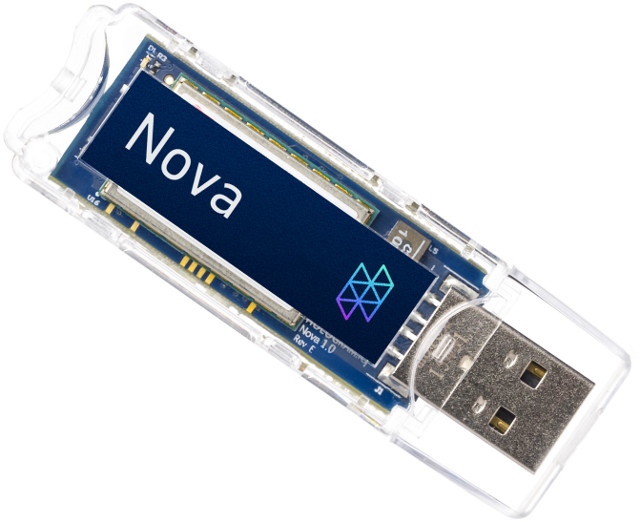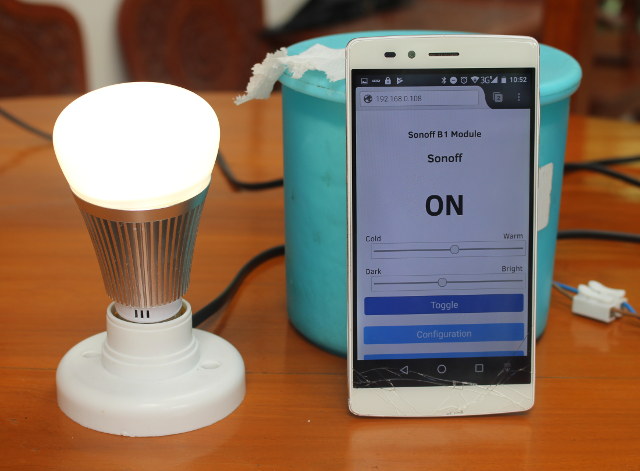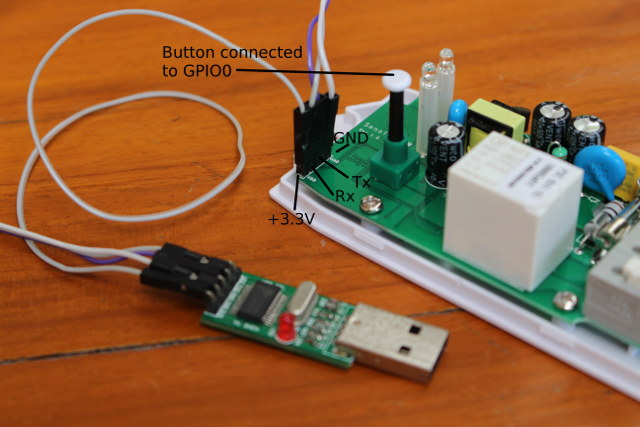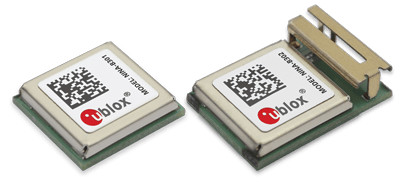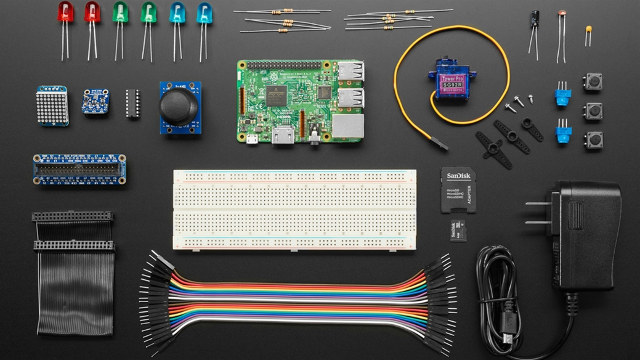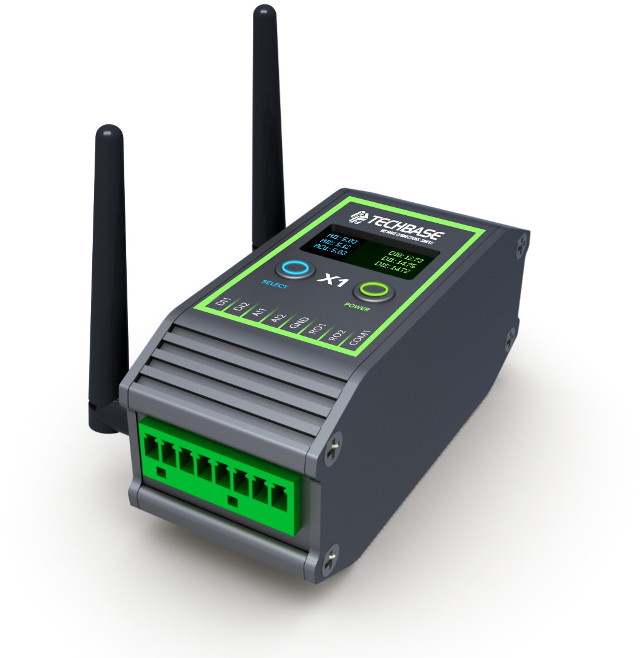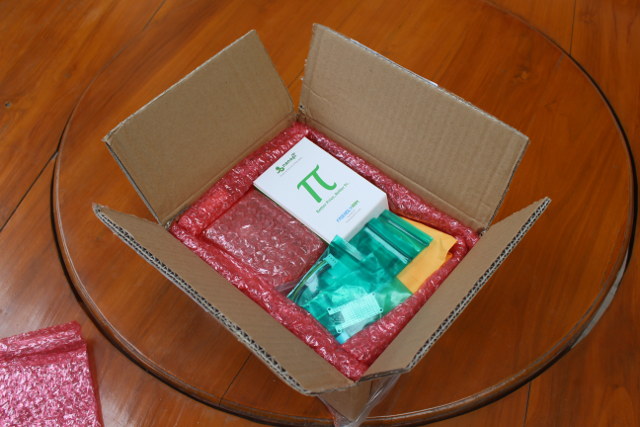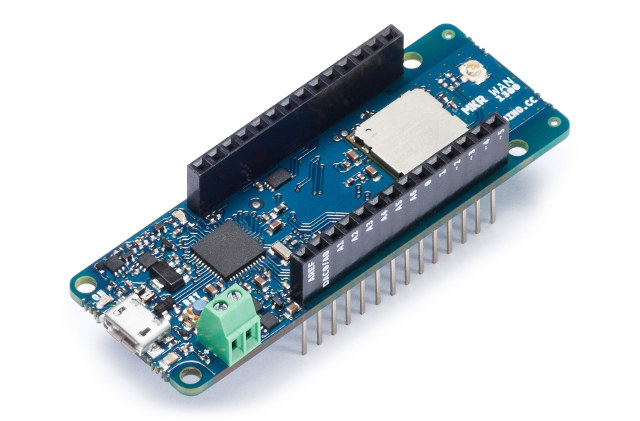This summer I discovered Hologram global cellular IoT SIM card, and since they provided free developer samples with 2MB of monthly data includes, I decided to get one to try it out. I received it a few weeks later, and to my surprise it worked, despite my country of residence having some strict requirements with regards to SIM card registration. The SIM card uses roaming, but with a low fixed worldwide pricing, and does not come with a phone number by default, so maybe that’s why I did not have to register. The company is now back with Nova, an open source hardware cellular modem certified by OSHWA (ID #US000077). It’s basically 2G/3G USB dongle that’s controlled by Hologram Python SDK, specifically suited to Debian systems like Raspberry Pi 3 or BeagleBone Black. Hackster.io is also involved in the launch with a worldwide contest offering 200 free kits comprised of […]
Review of Sonoff B1 Smart RGB Light Bulb – Part 2: Sonoff-Tasmota Firmware
I’ve already reviewed Sonoff B1 light bulb using the stock firmware combined eWelink app for Android, and as promised in the first part of the review, I’ve also tested the ESP8285 based WiFi light bulb with Sonoff-Tasmota open source firmware, and report my findings in this new post. Before we can play with the new firmware, we need to install it, and I’ve just explained how to upgrade Sonoff devices to Sonoff-Tasmota firmware either using some soldering skills and a USB to serial board, or some network configuration skills and perform an OTA update using ITEAD Studio/eWelink original firmware update mechanism. So for this part of the review, I’ll assume we have just freshly update the light bulb with Sonoff-Tasmota using the binary images released by the developer. First, you’ll need to find the IP address of the light bulb with your router or tools like nmap or arp, and […]
Upgrading Sonoff Stock Firmware to Sonoff-Tasmota – USB to Serial, and OTA Update Methods
This post was initially supposed to be part 2 of Sonoff B1 light bulb review, where I would have explained how easy it was to use OTA mechanism to update to Sonoff-Tasmota open source firmware, and shortly show about its features and capabilities. However, it took me over 10 hours to make that work, mostly due to misunderstand in the documentation, and time spent to configure routers. I also failed the first time with Sonoff B1, so I used the serial console method, and instead managed to use SonOTA method with Sonoff POW switching from stock firmware to Sonoff-Tasmota without having to solder or tear down anything. Updating software with a USB to Serial Board Using a USB to serial board is the most common method to switch from stock firmware to open source firmware such as ESPurna or Sonoff-Tasmota in Sonoff devices or other ESP8266 based devices. It’s quite […]
U-Blox announces NINA-B3 Bluetooth 5 Wireless MCU Modules
Bluetooth 5 promises to quadrupling the range and double the bandwidth of Bluetooth LE connection. However, we’ve seen not all Bluetooth 5 solutions will provide all features in a comparison between Nordic Semi nRF52840 vs nRF52832 vs nRF52810 Bluetooth 5 ready SoCs, as while all three platforms will handle the higher bandwidth just fine, only the nRF52840 will extend the range up to 4 times. That’s why you want want to make sure you get recent hardware capable of fully handling Bluetooth 5, and U-blox has just announced NINA-B3 Bluetooth 5 module series, based on nRF52840 SoC, that will both provide longer range and higher bandwidth. U-blox NINA-B3 module comes in two family flavors: NINA‑B31, comes pre‑flashed with u‑blox’s Connectivity Software, eliminating the need for embedded programming. Support for AT command set, and u-Blox low energy serial port service NINA‑B30 using nRF52840’s ARM Cortex-M4F as an “Open CPU” that allows […]
Google Cloud IoT Core Enters Public Beta, Various Devkits Available
Back in May, I wrote about Allwinner R18 based Banana Pi BPI-M64 Board with Google Cloud IoT Core support, as Google unveils the new cloud service during Google I/O. However, at the time it was only available to selected partners, and Google has recently launched the public beta making their IoT device management platform available to all. I first learned about this through an ARM community blog post announcing availability of the ARM-based IoT Kit for Cloud IoT Core on Adafruit using Raspberry Pi 3 board, a breadboard, and various modules that can be managed through Google services. But that are plenty of other IoT kits or boards for Google Cloud IoT Core including: Allwinner R18 based Pine A64-LTS, Banana Pi BPI-R18 Marvell based MACCHIATObin, and ESPRESSOBin boards Mongoose OS IoT starter kit with ESP32 board( instead of Raspberry Pi 3) Grove IoT Commercial Developer Kit based on Intel NUC […]
TECHBASE Moduino X Series Industrial IoT Modules / Endpoints are Based on ESP32 WiSoC
We’ve previously covered TECHBASE ModBerry industrial IoT gateways leveraging Raspberry Pi 3, FriendlyELEC NanoPi M1 Plus, or AAEON’s UP Linux boards. The company has now launched Moduino X series modules powered by Espressif ESP32 WiFi + Bluetooth SoC to be used as end points together with their ModBerry gateways. Two models have been developed so far, namely Moduino X1 and X2, with the following specifications: Wireless Module – ESP32-WROVER with ESP32 dual-core Tensilica LX6 processor @ 240 MHz, 4MB pSRAM (512KB as option), 4MB SPI flash; External Storage – X2 only: micro SD card slot Connectivity 802.11 b/g/n WiFi up to 16 Mbps + Bluetooth 4.2 LE with u.FL antenna connector X2 only: 10/100M Ethernet Options: LoRa (Semtech SX1272); Sigfox (TI CC1125); LTE Cat M1/NB1; Zigbee Serial – 2x RS-232/485 Display – Optional 0.96″ OLED display with 128×64 resolution Expansion I/Os 4x Digital I/O (0 ~ 3V) 2x Analog Input: […]
NanoPi Duo Starter Kit Review – Part 1: Unboxing and Assembly
NanoPi Duo is an inexpensive Allwinner H2+ quad core board with 256MB or 512MB RAM that can fit into a breadboard, and FriendELEC also provides a starter kit with a carrier board, heatsink, enclosure, USB debug board and cable, as well as optional accessories such as an half-length SSD drive. The company sent me two kits for review, so I’ll first check out what I got, and show how to assemble the kit, before actually playing with the board and kit next month. NanoPi Duo Starter Kit Unboxing I got a bunch of boxes and bubble wraps in the package… … and indeed received two identical kits. Each kit comes with a NanoPi Duo board with soldered headers, a mini Shield for NanoPi Duo, a heatsink and thermal pad set, a micro USB to USB cable, a USB to TTL debug board and cable, and acrylic case, and user manuals […]
Arduino MKR WAN 1300 & MKR GSM 1400 Boards Launched with LoRaWAN and 3G Connectivity
Arduino has introduced two new boards right in time for Maker Faire New York: MKR WAN 1300 with a LoRa radio, and MKR GSM 1400 with a “3.75G” cellular module, both software compatible with Arduino Zero, and in Arduino MKRZero board form factor. MKR WAN 1300 Board Arduino MKR WAN 1300 specifications: MCU – Microchip Atmel SAMD21 32-bit ARM Cortex M0+ MCU @ 48 MHz with 32 KB SRAM, 256 KB flash (8KB for bootloader) Digital I/O Pins – 8x digital I/Os, 12x PWM, UART, SPI, and I2C, 8x external interrupts Analog Pins – 7x analog inputs (8/10/12-bit ADC), and 1x analog output (10-bit DAC) DC Current per I/O Pin – 7 mA LPWAN connectivity Murata CMWZ1ZZABZ LoRa module based on Semtech SX1276 and STMicro STM32L Antenna power – 2dB Carrier frequency – 433/868/915 MHz Working regions – EU/US USB – 1x micro USB port for power and programming […]


